“My mother is a teacher so education has always been a part of our lives.”
So Robert English said at the Irish Grassland Association summer dairy tour to his farm in Westmeath. He was explaining his decision to attend university in Galway to study civil engineering. At the time, the 113ha farm overlooking Lough Ree was carrying 50 suckler cows and 250 ewes and was being managed by his father Mervyn. While Robert was keen on farming, there wasn’t enough money from the farm to deliver two incomes.
Engineering took him to far-off building sites so he was away from home for prolonged periods. Between travelling to work, football training and farming at weekends, he hadn’t much time for anything in between.
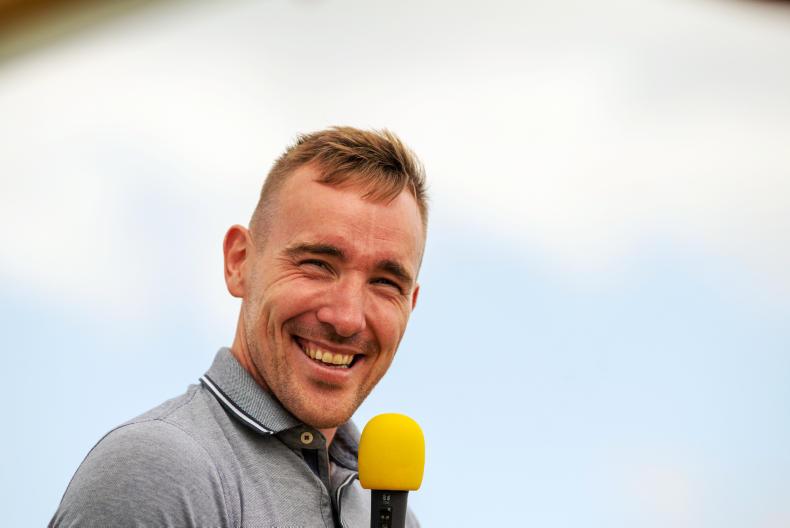
Robert English. \ Barry Cronin
I got exposure to real farmers who were discussing real figures and doing a really good job
Then he started thinking about dairy farming. The first step was to seek the advice of others – a habit he has never lost. He spoke to three local farmers – one of whom is a successful beef farmer. All three were enthusiastic about the future prospects of dairying. So Robert started to work on a plan for the family and for the farm.
He gave up work in spring 2013 and spent that spring with local dairy farmer Gerry Fallon. The purpose of this was to gain experience from a top farmer and to see if he had the passion for dairy.
“While I was working for Gerry I fell in with his discussion group and started going along to their meetings. I loved it because I got exposure to real farmers who were discussing real figures and doing a really good job. In August 2013 I invited the group onto the farm to see if they thought it would be suitable for dairy,” Robert said.
The group gave the Englishes the go-ahead, which Robert said was important for the family as it gave his parents Breda and Mervyn the confidence to back him. He applied unsuccessfully for new entrant milk quota in 2012 but was successful in 2013. The sale of the sucker cows bought 45 heifers, the sale of the sheep reseeded 50 acres and they borrowed money to build the 14-unit parlour and buy the 10,000 gallon bulk tank.
Infrastructure
Existing infrastructure on the farm was basic. A four-bay slatted shed was in the centre of the farm and there was a loose house for sheep in a different yard. The new parlour was built close to the slatted shed. Even though it was 14 units, it was built big enough for 25 units. With 113 owned hectares (60 of which are low lying and prone to flooding) the long-term plan was to milk 200 cows.
The stocking rate was very low in the first few years as quota was still a constraint in 2014 and the early part of 2015. Finance was also a constraint. Robert said that the first year was tight. He said they made the decision not to take drawings from the farm in 2014. Instead they lived off Breda’s income and Robert went back to work locally – milking in the morning and evening and working hard at the weekends.
Growth
Forty-five cows were milked in 2014 and this increased to 112 in 2015 when 70 more heifers were purchased in autumn 2014. Another 24 maiden heifers were purchased in spring 2018 and 20 in-calf heifers were purchased that autumn. Between the bought animals and their own replacements they are milking 257 cows now. The average EBI of the mostly Jersey crossbred cows is €152, with a fertility sub-index of €59 and a milk sub-index of €48.

The crowd at the event. \ Barry Cronin
The herd’s PD for milk volume is -8kg, yet they produced 537kg of milk solids per cow in 2018, albeit from exceptional meal feeding of 1.6t/cow due to the weather. In 2017 the herd produced 468kg of milk solids per cow from around 750kg of meal. On the day of the walk the cows were milking 24l at 3.94% fat and 3.7% protein while on 1kg of meal. Robert said the herd is tracking 2018 production and on track for about 520kg to 530kg of milk solids per cow in 2019. He has 410kg of meal fed to date.
Cow numbers took a jump in 2018 as extra land came into the equation, with 33ha leased from a neighbour. This land is next to the milking parlour. All he had to do was knock a gap in the ditch and extend the roadway. This farmer has also become a contract rearer for the heifers so all the farm is now open for milking cows.
Deciding on an appropriate stocking rate was a big point of discussion. There are now 140ha in the milking block, 60 of which are low-lying and subject to flooding. This land is actually below the level of the lake and the drains are pumped out by the Office of Public Works. The barriers burst in 2015 and the whole area was under seven or eight feet of water. The barriers have been re-fortified and the land drained and reseeded again, but Robert said it’s hard to rely on it for the spring.
As a result, he’s planning a stocking rate of around 2.2 cows/ha on the milking block which equates to milking around 300 to 310 cows. The leased land is taken on a 10-year lease and was all reseeded last year. “It’s all good ground so it’s better to get it going straight away. The lease is for 10 years so the sooner it’s returning for us the better,” Robert said.
Facilities
The slatted shed was converted, with topless cubicles added to the side in 2015. This shed will now hold 120 cows. A new roofed cubicle shed for 180 cows and a 400,000 gallon slatted tank was built in 2018. The parlour was upgraded to a 25-unit and a new bulk tank was installed this year. With housing for 300 cows and the heifers contract-reared, the Englishes are very well set up. There will be 13 rows of cows going through the parlour but Robert thinks this is just about OK. A new backing gate and drafter are items he is thinking of buying.
Robert delayed building cubicle sheds for as long as he could. Instead, cows were out-wintered on fodder crops and those fields were then reseeded. In terms of capital costs, based on 300 cows the total cost to convert the farm was €780,000. This breaks down as €104,500 on grazing infrastructure, €98,500 on reseeding, €186,500 on milking facilities and €52,500 on ancillary works. This works out at €2,600 per cow for 300 cows but excluding the cost of the cow. In terms of profitability, the farm made a net profit of €938/ha in 2018, before half of own labour, capital repayments, tax and BPS are taken into account. Labour on the farm consists of Robert, Mervyn and one full-time employee.
Read more
IGA summer dairy tour: the Hamm sandwich
Dairy farmers lifting 170t with one hand
Dairy management: managing grass, new entrants and grass competition
“My mother is a teacher so education has always been a part of our lives.”
So Robert English said at the Irish Grassland Association summer dairy tour to his farm in Westmeath. He was explaining his decision to attend university in Galway to study civil engineering. At the time, the 113ha farm overlooking Lough Ree was carrying 50 suckler cows and 250 ewes and was being managed by his father Mervyn. While Robert was keen on farming, there wasn’t enough money from the farm to deliver two incomes.
Engineering took him to far-off building sites so he was away from home for prolonged periods. Between travelling to work, football training and farming at weekends, he hadn’t much time for anything in between.

Robert English. \ Barry Cronin
I got exposure to real farmers who were discussing real figures and doing a really good job
Then he started thinking about dairy farming. The first step was to seek the advice of others – a habit he has never lost. He spoke to three local farmers – one of whom is a successful beef farmer. All three were enthusiastic about the future prospects of dairying. So Robert started to work on a plan for the family and for the farm.
He gave up work in spring 2013 and spent that spring with local dairy farmer Gerry Fallon. The purpose of this was to gain experience from a top farmer and to see if he had the passion for dairy.
“While I was working for Gerry I fell in with his discussion group and started going along to their meetings. I loved it because I got exposure to real farmers who were discussing real figures and doing a really good job. In August 2013 I invited the group onto the farm to see if they thought it would be suitable for dairy,” Robert said.
The group gave the Englishes the go-ahead, which Robert said was important for the family as it gave his parents Breda and Mervyn the confidence to back him. He applied unsuccessfully for new entrant milk quota in 2012 but was successful in 2013. The sale of the sucker cows bought 45 heifers, the sale of the sheep reseeded 50 acres and they borrowed money to build the 14-unit parlour and buy the 10,000 gallon bulk tank.
Infrastructure
Existing infrastructure on the farm was basic. A four-bay slatted shed was in the centre of the farm and there was a loose house for sheep in a different yard. The new parlour was built close to the slatted shed. Even though it was 14 units, it was built big enough for 25 units. With 113 owned hectares (60 of which are low lying and prone to flooding) the long-term plan was to milk 200 cows.
The stocking rate was very low in the first few years as quota was still a constraint in 2014 and the early part of 2015. Finance was also a constraint. Robert said that the first year was tight. He said they made the decision not to take drawings from the farm in 2014. Instead they lived off Breda’s income and Robert went back to work locally – milking in the morning and evening and working hard at the weekends.
Growth
Forty-five cows were milked in 2014 and this increased to 112 in 2015 when 70 more heifers were purchased in autumn 2014. Another 24 maiden heifers were purchased in spring 2018 and 20 in-calf heifers were purchased that autumn. Between the bought animals and their own replacements they are milking 257 cows now. The average EBI of the mostly Jersey crossbred cows is €152, with a fertility sub-index of €59 and a milk sub-index of €48.

The crowd at the event. \ Barry Cronin
The herd’s PD for milk volume is -8kg, yet they produced 537kg of milk solids per cow in 2018, albeit from exceptional meal feeding of 1.6t/cow due to the weather. In 2017 the herd produced 468kg of milk solids per cow from around 750kg of meal. On the day of the walk the cows were milking 24l at 3.94% fat and 3.7% protein while on 1kg of meal. Robert said the herd is tracking 2018 production and on track for about 520kg to 530kg of milk solids per cow in 2019. He has 410kg of meal fed to date.
Cow numbers took a jump in 2018 as extra land came into the equation, with 33ha leased from a neighbour. This land is next to the milking parlour. All he had to do was knock a gap in the ditch and extend the roadway. This farmer has also become a contract rearer for the heifers so all the farm is now open for milking cows.
Deciding on an appropriate stocking rate was a big point of discussion. There are now 140ha in the milking block, 60 of which are low-lying and subject to flooding. This land is actually below the level of the lake and the drains are pumped out by the Office of Public Works. The barriers burst in 2015 and the whole area was under seven or eight feet of water. The barriers have been re-fortified and the land drained and reseeded again, but Robert said it’s hard to rely on it for the spring.
As a result, he’s planning a stocking rate of around 2.2 cows/ha on the milking block which equates to milking around 300 to 310 cows. The leased land is taken on a 10-year lease and was all reseeded last year. “It’s all good ground so it’s better to get it going straight away. The lease is for 10 years so the sooner it’s returning for us the better,” Robert said.
Facilities
The slatted shed was converted, with topless cubicles added to the side in 2015. This shed will now hold 120 cows. A new roofed cubicle shed for 180 cows and a 400,000 gallon slatted tank was built in 2018. The parlour was upgraded to a 25-unit and a new bulk tank was installed this year. With housing for 300 cows and the heifers contract-reared, the Englishes are very well set up. There will be 13 rows of cows going through the parlour but Robert thinks this is just about OK. A new backing gate and drafter are items he is thinking of buying.
Robert delayed building cubicle sheds for as long as he could. Instead, cows were out-wintered on fodder crops and those fields were then reseeded. In terms of capital costs, based on 300 cows the total cost to convert the farm was €780,000. This breaks down as €104,500 on grazing infrastructure, €98,500 on reseeding, €186,500 on milking facilities and €52,500 on ancillary works. This works out at €2,600 per cow for 300 cows but excluding the cost of the cow. In terms of profitability, the farm made a net profit of €938/ha in 2018, before half of own labour, capital repayments, tax and BPS are taken into account. Labour on the farm consists of Robert, Mervyn and one full-time employee.
Read more
IGA summer dairy tour: the Hamm sandwich
Dairy farmers lifting 170t with one hand
Dairy management: managing grass, new entrants and grass competition






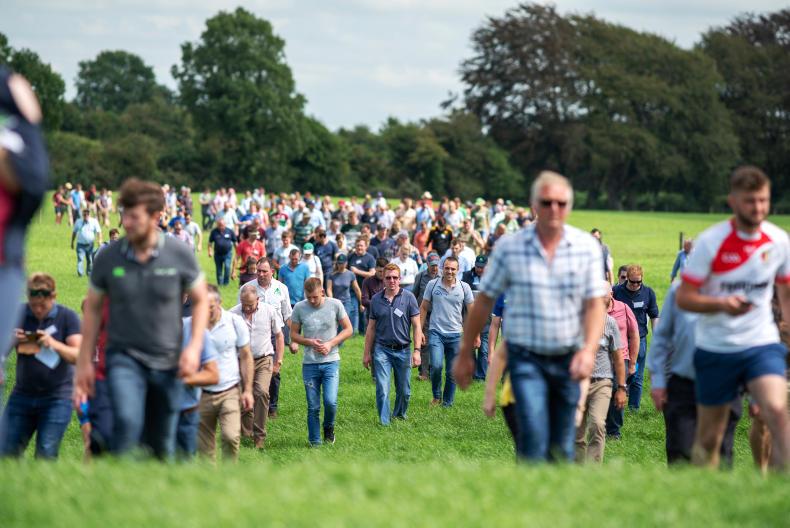
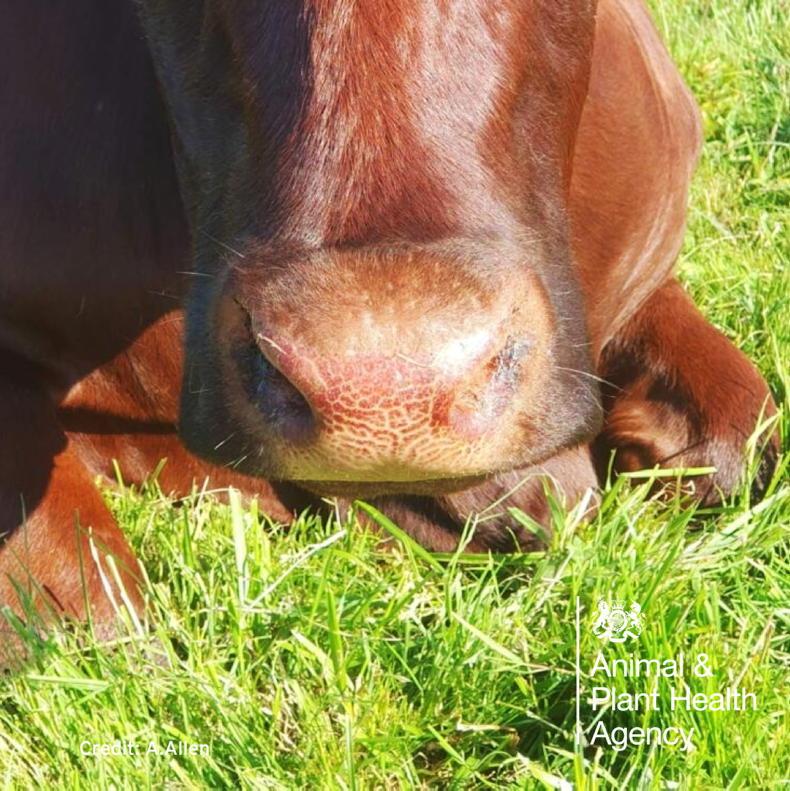
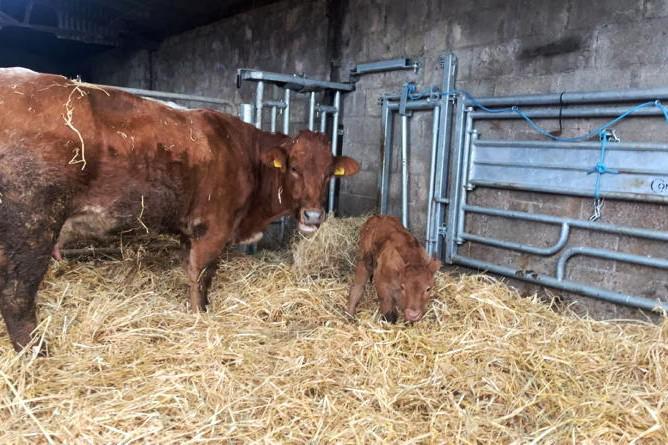
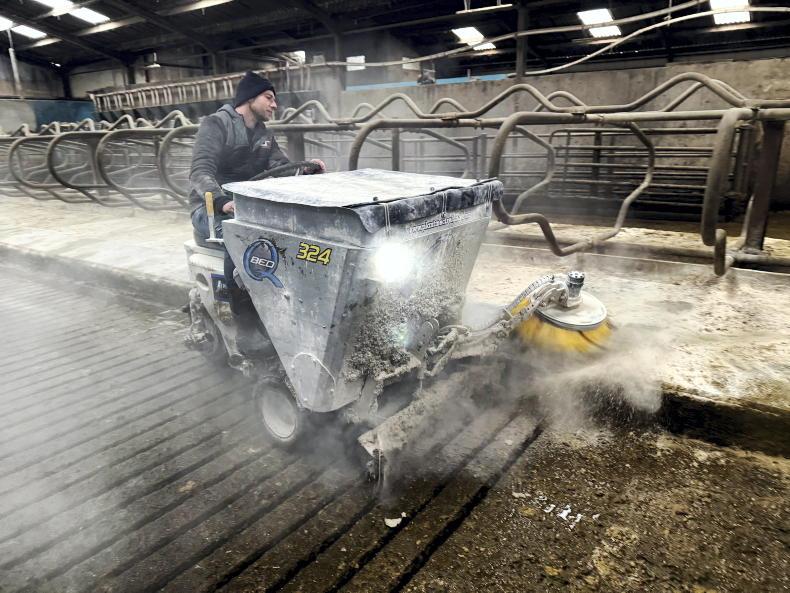
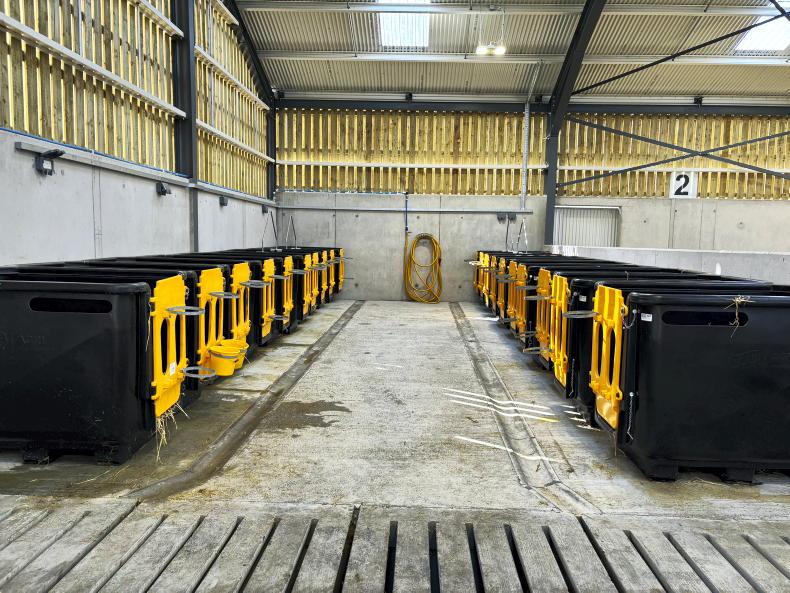
SHARING OPTIONS